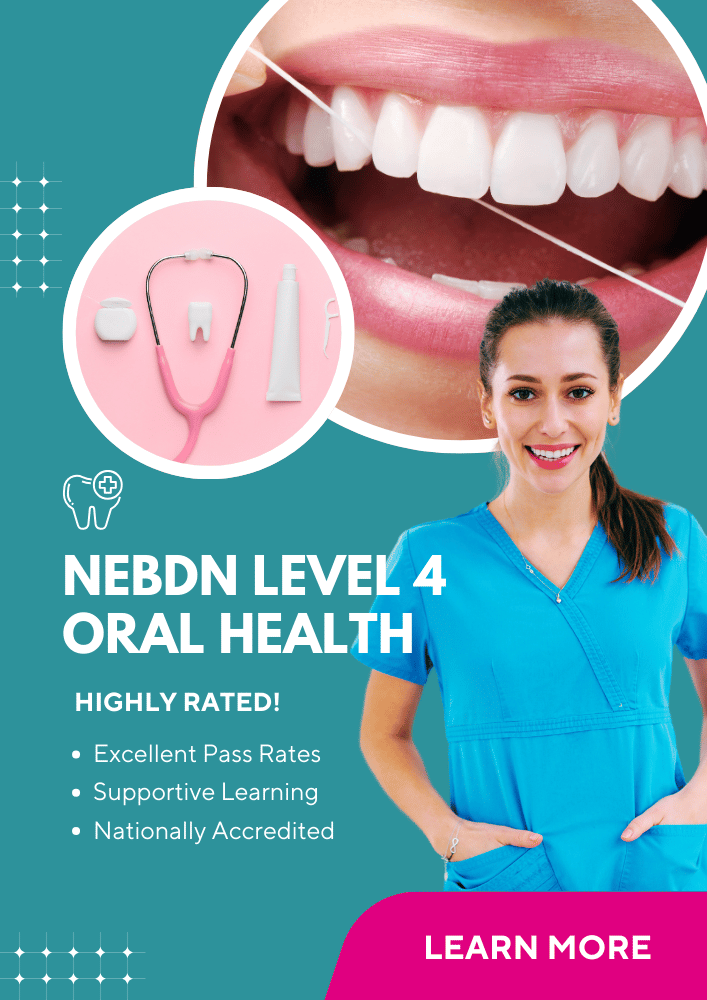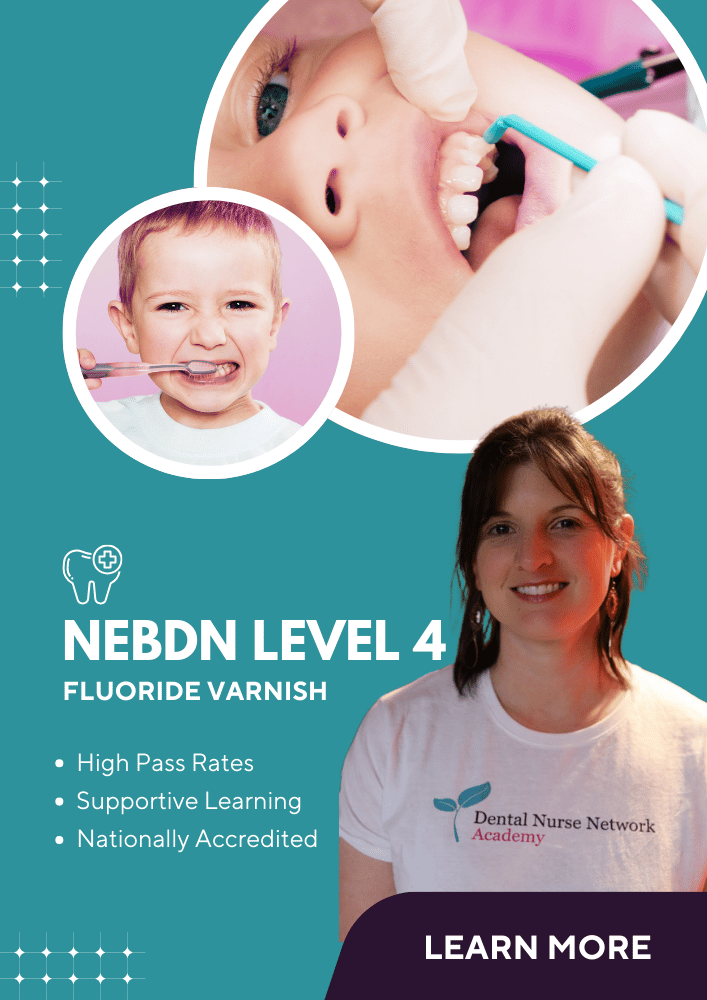 Risk assessments are not an option, they are a legal requirement under the Health and Safety at Work Act 1974. Employers have a duty of care to protect the people they employ as well as service users and business subcontractors. The Act gives general responsibility to employers, employees, the self-employed and manufacturers and suppliers.
Risk assessments are not an option, they are a legal requirement under the Health and Safety at Work Act 1974. Employers have a duty of care to protect the people they employ as well as service users and business subcontractors. The Act gives general responsibility to employers, employees, the self-employed and manufacturers and suppliers.
Risk management is a standardised process to reduce injuries, errors, faults and accidents and at the same time improve quality. It is defined as a systematic process whereby risk is identified and analysed. This enables the establishment of practice policies and procedures that can be implemented in order to control the risks that have been established as ‘likely’ to happen. It has been established that 10% of patient or staff incidents that do occur in the workplace, of these half of them are preventable. All incidents that occur must be investigated and learned from to prevent similar incidents from happening in the future. This will improve the quality of care the practice provides to patients, staff and visitors.
There are many types of risk that we have to learn to control within dental practices and dental laboratories, but the number of hazards present within a dental surgery is very low nowadays due to regulations and enforcement of good practice by government authorities such as the Health and Safety Executive (HSE). We can control the hazards that do exist through high standards of infection control and decontamination of all instruments, services and equipment.
Dental patients and health care workers can be exposed to pathogenic microorganisms such as: HBV, HCV, Herpes Simplex Virus Types 1 and 2, HIV, Mycobacterium tuberculosis, staphylococci, streptococci, and other viruses and bacteria that colonise or infect the oral cavity and respiratory tract. These organisms can be transmitted in dental settings through direct contact with blood, saliva, or other patient materials or through indirect contact with contaminated objects (e.g. instruments, equipment, or surfaces). They can enter the body through the eyes, nose, or mouth in the form of droplets (e.g. aerosols or splatter) from an infected person coughing, sneezing, spitting or even talking. Airborne microorganisms can remain suspended in the air for long periods of time.
Due to the risks that we work with on a daily basis we have to ensure that we reduce the possibility of cross-contamination and/or cross-infection by following good practice guidelines such as Standard Precautions. This was initially put into practice by the Centers for Disease Control and Prevention, based in Atlanta, USA. In 2003, the British Dental Association (BDA) brought the Standard Precautions guidance up to date and made it relevant to current dental practice. It covers:
- The use of personal protective equipment (PPE);
- Effective hand-washing;
- Safe disposal of sharps;
- Safe disposal of clinical waste;
- Effective hard surface decontamination;
- Effective decontamination and sterilisation of contaminated items;
- Use of zoning techniques to prevent contamination of items that cannot be sterilised;
- Safe storage of sterilised items.
The BDA advises that implementing safe and realistic infection control procedures requires the full participation of the whole dental team. They state that every practice must have a comprehensive written infection control policy which identifies the infection control procedures to be followed.
These procedures should be regularly monitored during clinical sessions and routinely audited. All healthcare workers in the dental team must understand and practise these procedures. The BDA recommends that regular discussions at practice meetings should be carried out.
A thorough medical history must be obtained for each patient at their very first visit to a practice. It must be updated yearly for annual attenders, but for those patients who attend more regularly the medical history must be updated at the start of each new visit.
The medical history and examination may not identify asymptomatic carriers of infectious disease, and therefore standard precautions must always be adopted. This means that the same infection control procedures must be used for all patients routinely and systematically.
In view of the information that I have researched, I have established that all necessary risk assessments for each work activity must be implemented and carried out and then reviewed annually. In this way, a map of the safety of work premises is created. This helps to ensure safe control of the working environment and hopefully prevents any accidents or injuries - most accidents are the result of human error.
Conducting this research has also highlighted for me the fact that all team members must be educated in practice procedures and policies on risk management. These are living documents and must be reviewed after any incidents have taken place to ensure constant improvement in safety in the workplace.
Sharon Holmes



